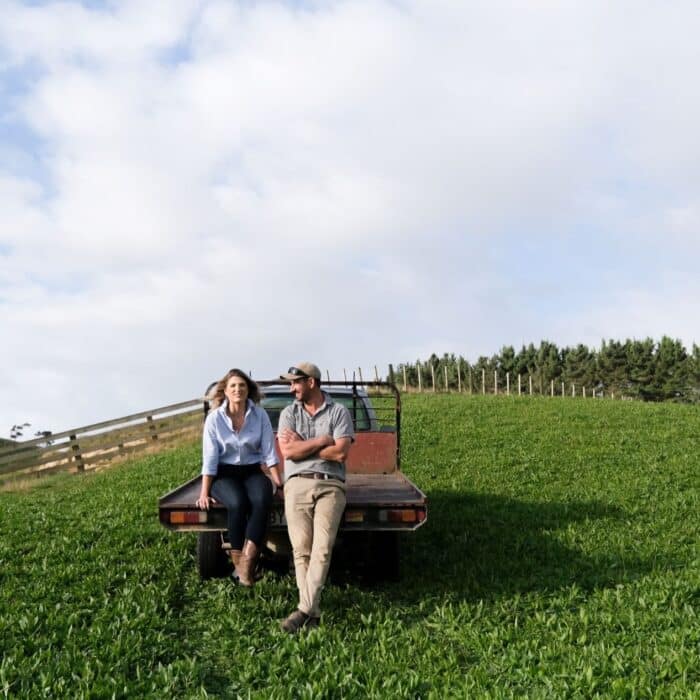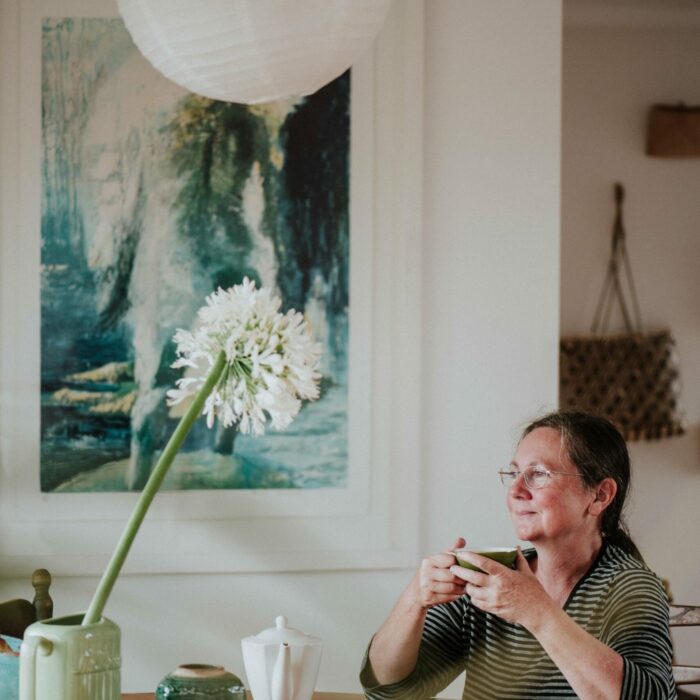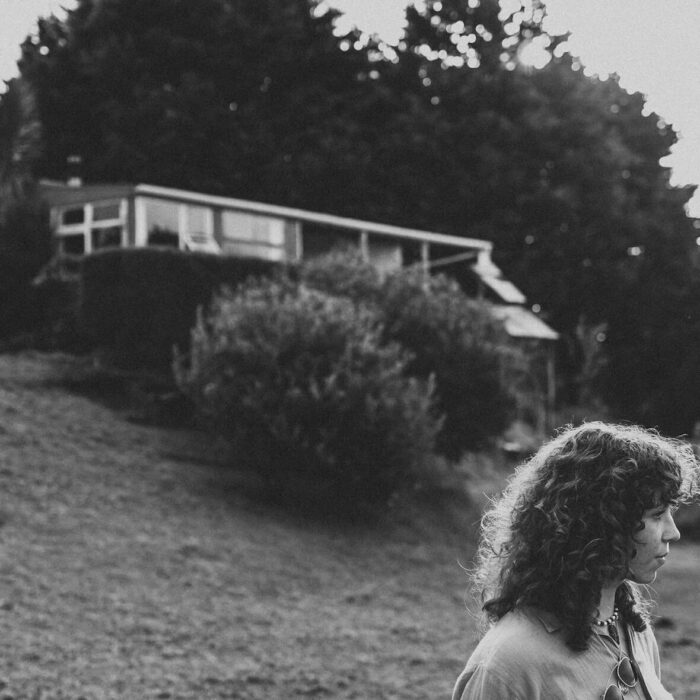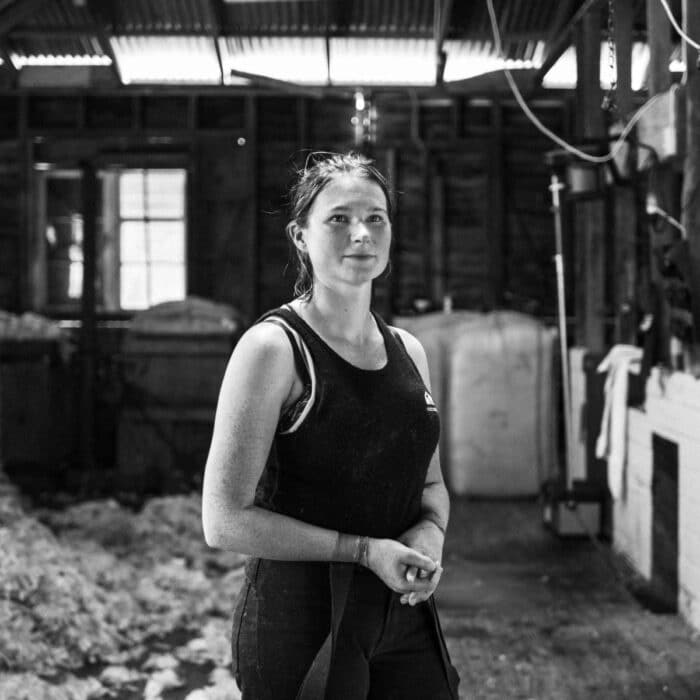
I’m of Ngāpuhi descent, from Paihia, but I grew up on a small farm in the Teviot Valley –that’s one of my tūrangawaewae. I’m the youngest of four siblings, so I’ve got a fair bit of grit in me. I had a really cool upbringing in a rural area. I always wanted to teach, so now I’m a kaiako at Hāwea Flat School where I teach five-year-olds – wee bubs. I just love my job. I think it’s an amazing way to give back. I do singing on the side, and I have a newfound love of pottery. I’m an active relaxer.
The concept of Have a Cuppa started in 2019 as a university project. I saw all these beautiful mugs in secondhand stores and thought, “Imagine the stories told just sitting there having a cuppa,” and then, “Oh my gosh, Have a Cuppa!” That was the lightbulb moment for me. I went to every secondhand shop in Central Otago and got all these beautiful mugs, and I made candles in them and sold them – over a hundred – for the Will to Live and I Am Hope charities, through my Instagram and Facebook pages. The idea was that you light the candle, sit down and have a cuppa with whānau or friends, and kōrero about thoughts, feelings and emotions.
Then I had a bit of a break, cos I had a major struggle, mentally. I thought, “I can’t be on here preaching about mental health when I’m struggling myself.” A friend of mine was doing pottery, and I thought that would be cool. I had no idea about clay. I just started playing around with it and I got into making pottery mugs.
I make the mugs on a little table at the end of my bed. What I love about mug-making is it’s representative of life – we go through so many phases. [A mug] starts as a lump of clay, and you build it up to the shape of a cup, then you add on the handle and you let it dry for a bit, then you scrape it down … it’s like the mug represents all the different processes and the seasons throughout life.
I was like, “Damn! I need somewhere to fire these.” Then I found this amazing ceramic artist [with a kiln] in Cardrona, who said, “Yeah, that would be amazing.” It’s like it’s come full-circle for me. The big ‘why’ for Have a Cuppa was that my cousin died by suicide in 2012. It was quite a stark awakening at a young age about the lack of mental health support in Aotearoa. Her body is buried in Cardrona, and now these beautiful mugs are getting fired at the same place my cousin’s bones are resting.
I shared my mugs, and through them shared my own battle with mental health. It was very therapeutic. Although they aren’t the original cups that I sold with the candles in them, it’s morphed into something new. The support from my whānau and friends – and people I don’t even know – has been incredible. I’ve had so many people reach out and purchase mugs and share their story. The kaupapa around Have a Cuppa is that there’s real mana and power in vulnerability. Even though it’s hard for me – for two years I didn’t share anything on Have a Cuppa [Instagram page] because of my own battles – I did a lot of self-reflection, went to a life coach, did counselling and got myself in a space where I could use my story to help other people. My māmā played an important role in my healing process – she’s my inspiration and true depiction of wahine toa.
The way Have a Cuppa works is there’s different ‘drops’ or collections. Often I’ll get messages from people purchasing a mug being like, “I’m getting this for my friend, they’ve been through a really hard time.” It’s become a safe space for people to express that. It’s comforting to know that you’re not alone – there’s someone else that’s been through the same as you. The mugs are a representation of that and the Have a Cuppa community is cheering me on. We’re raising awareness and funds and creating a cool space.
The proceeds go to I Am Hope – they’re the umbrella company for a lot of other charities. I sell the mugs for $55 each and $22 goes to charity. So far I think I’ve had a couple of grand donated, and for the next drop it’ll be about thirteen hundred. The work that they do for our rangatahi, I feel like it starts there; to make a change, we need to start with our tamariki.
Quite a large focus for me is on te reo and tikanga Māori, the values of whanaungatanga and kotahitanga. My grandad was a part of the lost generation. At that time Māori was really frowned upon and you got punished if you ever spoke te reo Māori. So a big effort for me – in my teaching and Have a Cuppa – is integrating te reo Māori, te ao Māori, Māori belief systems, whakataukī. It all aligns with mental health and wellbeing, which is so incredibly important. My connection with Māori is deeply, deeply within me. I’m doing it for myself, but also for my mum, for my grandad who couldn’t and for my tamariki to come, for the tamariki I teach. It was only fifty years ago that te reo Māori wasn’t allowed to be spoken in schools. We’ve come a long way, but there’s still a long way to go. So through Have a Cuppa, through being a kaiako, through my singing, I want to continue to contribute.
Glossary. Kaiako, teacher. Kaupapa, plan or purpose. Kōrero, talk. Kotahitanga, unity, togetherness, solidarity, collective action. Māmā, mother, mum. Rangatahi, youth. Tamariki, children.Te ao Māori, the Māori worldview. Te reo Māori, the Māori language. Tikanga Māori, Māori customs, practices, protocol. Tūrangawaewae, place where one has the right to stand, place where one has rights of residence and belonging through kinship and whakapapa/ancestry. Wahine toa, strong/powerful/successful woman. Whakataukī, proverbs. Whānau, family. Whanaungatanga, kinship, connection, belonging.

This story is part of THREAD, a year-long project by Shepherdess made possible thanks to the Public Interest Journalism Fund through NZ On Air.
Related Stories
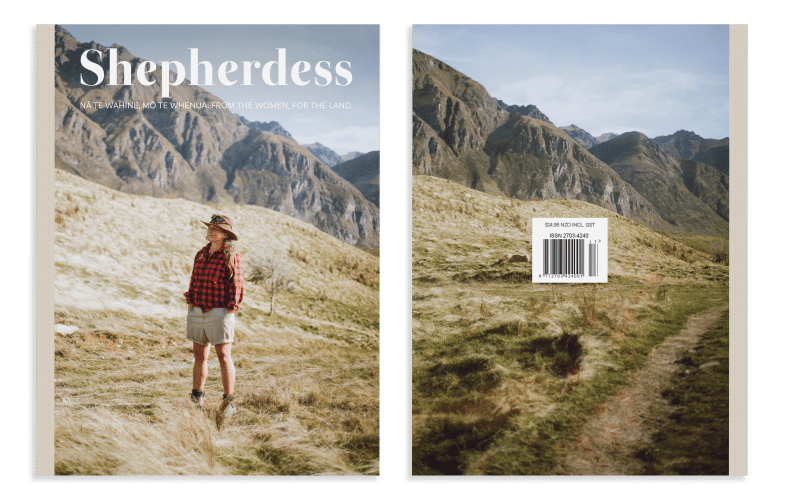
Out Now
Seventeenth Edition
Our beautiful Ngahuru Autumn 2024 Edition is out now!
